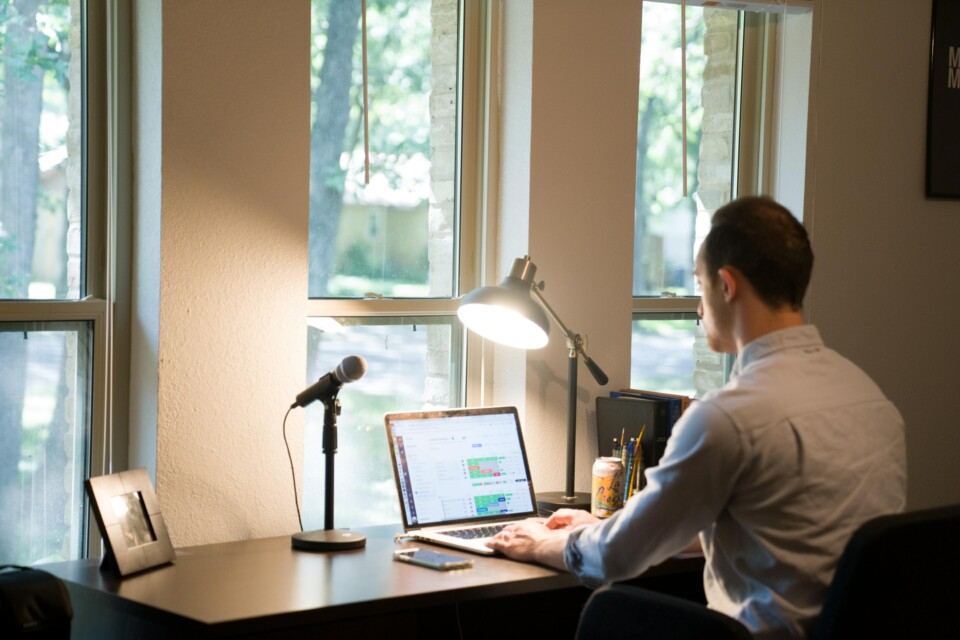
Welcome to workplace flexibility
In the 18 months or so since the beginning of the COVID-19 pandemic, research into the effect of workplace flexibility on productivity has been mixed. At the same time, the popularity of flexible work models among employees has been relatively stable. WFH and hybrid models have become so popular in fact, that flexibility in the workplace is playing an increasingly important role in employees’ career decisions.
What exactly do we mean by flexibility in the workplace? SHRM describes the concept as:
…a mutually beneficial arrangement between employees and employers in which both parties agree when, where, and how the employee will work to meet the organization’s needs. Flexibility can be formal and officially approved through HR policies, or informal and available on a discretionary basis.
Leveraging Workplace Flexibility for Engagement and Productivity
According to LinkedIn, workplace flexibility is simply “the ability for employees to work remotely or shift their hours.” In their pre-pandemic Global Talent Trends report, they found that 72% of talent professionals saw workplace flexibility as “extremely important for shaping the future of recruiting and talent.”
Employee views on workplace flexibility
For most employees, flexibility takes one of two forms: either working remotely 100% of the time, or working some days in the company office and other days at home or elsewhere. This arrangement is known as the “hybrid work model.”
In the time since LinkedIn published its report, research has shown that appetites for these alternatives to the conventional office model have only increased.
Microsoft’s 2021 Work Trend Index found that 73% of employees want flexible remote work options to continue after the pandemic has ended, and WeWork recently published its findings that 75% of the employees surveyed would go so far as to give up “at least one benefit or perk” in exchange for the freedom to choose their own work environment.
Other research supports these findings. Reports from Buffer and FlexJobs further illustrate the popularity of remote work with today’s employees:
| 98% | Employees prefer to work remotely at least part of the time, for the rest of their careers (Buffer) |
| 89% | Employees felt happier when working remotely (The Economist) |
| 84% | Employees felt more engaged and motivated when working remotely (The Economist) |
| 65% | Employees want to work remotely full time (Flexjobs) |
| 58% | Employees will look for new jobs if not allowed to continue remote work (Flexjobs) |
| 33% | Employees prefer a hybrid office model (Flexjobs) |
Employer views on workplace flexibility
Work flexibility may appear to be overwhelmingly popular with employees, but employers’ views on remote work are more complicated. Concerns about productivity, employee loyalty, and company culture lead many of them to believe that companies and employees benefit from at least some time spent in the office.
Research from SHRM illustrates this disparity: 55% of employees surveyed felt that 3 days in an office each week would be optimal, while 68% of executives responded that workers should be in the office at least three days per week in order to maintain a distinct company culture. (PwC)
One executive put it this way: “I believe that work is better when most of the people are in the office most of the time together … if somebody didn’t believe in the value of an office at least one day a week, they probably shouldn’t be at the company anyway” (The Atlantic).
Views on the benefits and drawbacks of workplace flexibility vary depending on industry and company culture, but concerns about the long-term effects of remote work are both common and justified. Companies have been grappling with critical questions for well over a year now: How will this impact collaboration? What will happen to employee loyalty and turnover? What do we need to do to keep our employees engaged?

As companies balance a mix of in-person and remote teams, it will be important to remember that remote work makes for more siloed teams. Leaders must look for ways to foster the social capital, cross-team collaboration, and spontaneous idea-sharing that’s been driving workplace innovations for decades.
According to Microsoft’s Work Trend Index, 41% of the global workforce will consider leaving their current employer in the next year “because they can now work remotely.”
A strong majority of employees also recognize the importance of some time spent in the office. 87% of employees stated that the office was important to them because it offered opportunities for collaborating and building relationships.
Altogether, what this data tells us is that there aren’t immediate, one-size-fits-all answers to the question of which work model will work best, nor does it explain the long-term implications of remote and hybrid work.
What it does give us is an indication of just how complex our work environments will become, and it puts us on notice that the processes and structures that supported conventional work models will need to be reimagined and retooled in order to fit this new reality.






